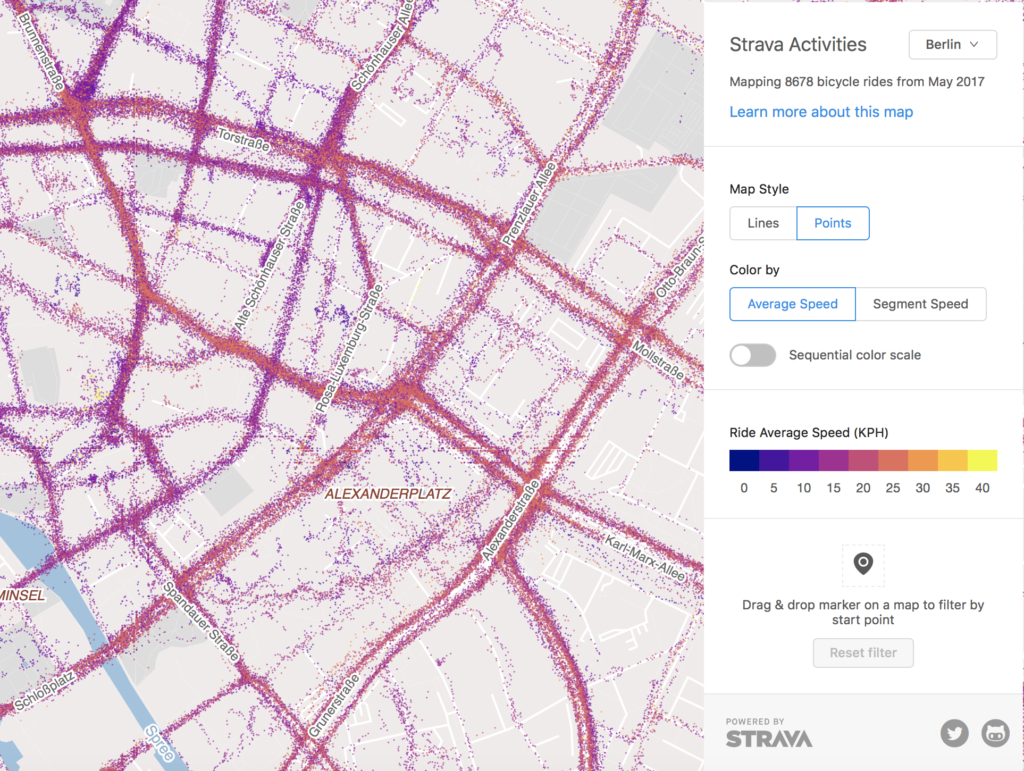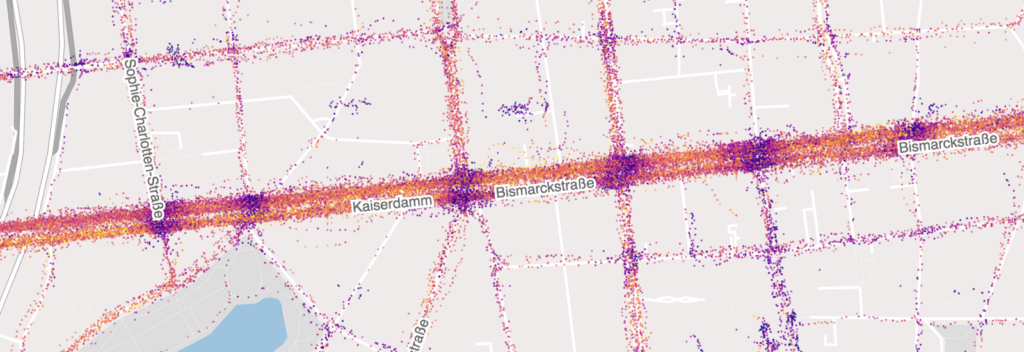
Why doesn’t anyone want to run the world’s largest telescope?
It sounds like a lifetime opportunity for any astronomer. A $1.2 million compensation package sprinkled with cool incentives like free accommodation to oversee the day-to-day operations of the world’s largest single-dish radio telescope. And yet, nobody wants to take up the job.
When FAST (Five-hundred-meter Aperture Spherical Telescope) was being built, the Chinese government relocated 8,000 people to the remote mountains of Guizhou so that the giant dish could sit inside a natural sinkhole in a radio-free environment. So, whoever takes up the job of the chief scientist would need to set base in one of the least developed regions of China.
But that’s not the biggest concern of the telescope owners, the Chinese Academy of Sciences. The trouble is that none of the Chinese astronomers qualify for the job. Because to qualify, the candidate needs to check the following boxes:
- The applicant must be a professor, or serving at an equally senior position, in an esteemed research institute or university
- He/she must be armed with at least 20 years of experience in the field, including extensive managerial experience
- The candidate should also have shepherded a large-scale radio telescope project
While these requirements put Chinese astronomers out of the race, in the western hemisphere also only a few qualify. And they seem reluctant to battle the language and cultural barriers. Which is why, the position is still open even though officials have been scrambling to close it since May.
“We cannot wait. We have also reached out to qualified scientists around the world through formal or private channels. These senior researchers do not browse job websites very often. We did everything possible to communicate to them our offer,” an official involved in the hiring process has told a local newspaper.
The JD, meanwhile, sounds pretty straightforward. As the director of scientific operations, the incumbent would need to divide his/her time different research teams in China and abroad. He/she would put together and organize various academic committees to zero down on the telescope’s long-term scientific goals and report their key findings to the government. They would also be responsible for public communications and overseeing the budget. Know anybody who fits the bill?






